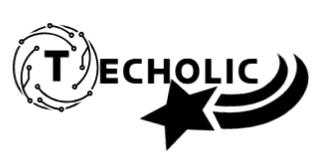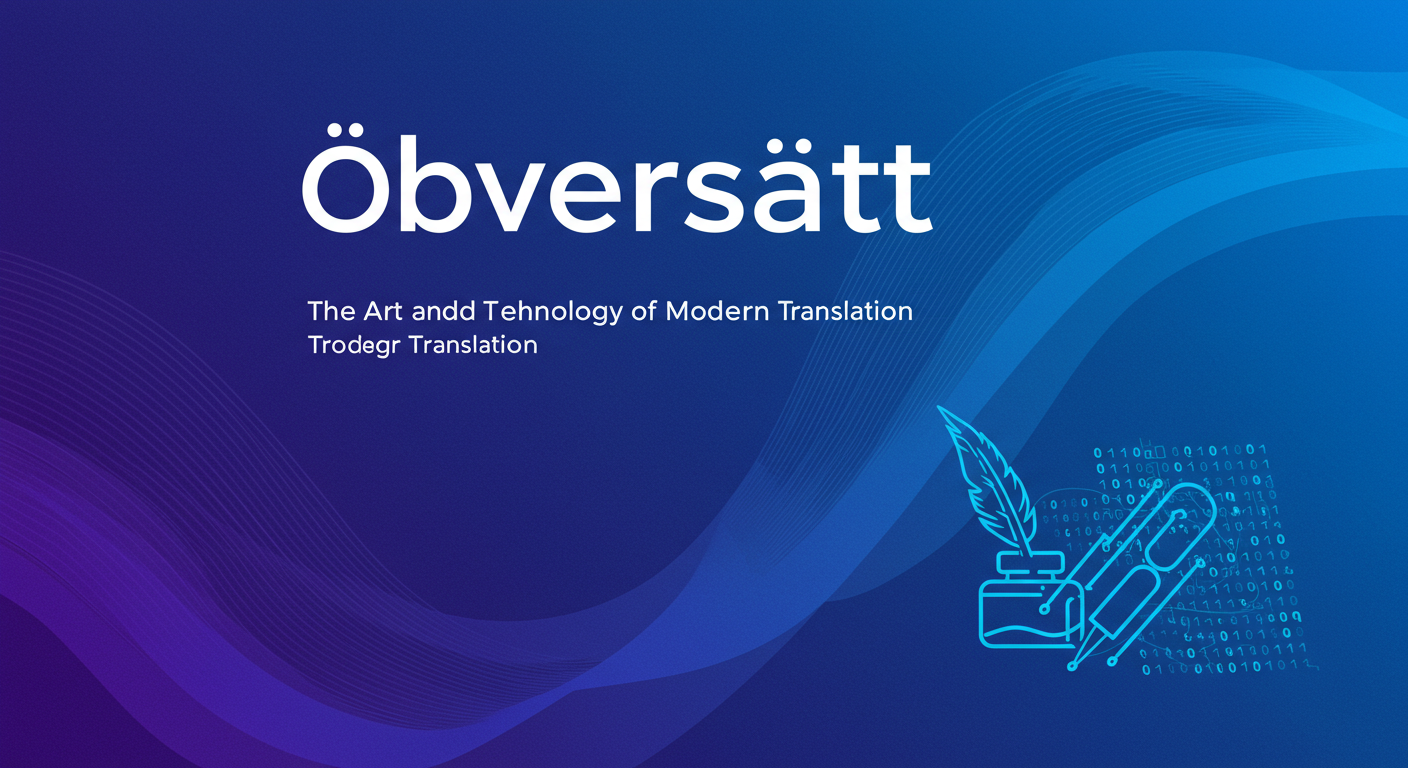The word “Öbversätt” may look unfamiliar to many, but it draws inspiration from the Swedish term for “translate.” In essence, “Öbversätt” represents the act of converting words, phrases, and entire meanings from one language into another — a process that is both an art and a science. In today’s interconnected digital world, the need for accurate and context-aware translation has become more vital than ever. From business documents to websites and global media, “Öbversätt” plays a central role in breaking linguistic barriers and connecting cultures across continents.
What Does “Öbversätt” Mean?
At its core, “Öbversätt” means to translate. It captures the essence of communication between languages — not just converting words, but conveying emotions, tone, and cultural nuances. For instance, while literal translation might offer word-for-word accuracy, a true “Öbversätt” process ensures that the message maintains its intent, flow, and emotional resonance. In this sense, “Öbversätt” goes beyond linguistics — it becomes a form of storytelling, preserving meaning across linguistic boundaries.
The Importance of “Öbversätt” in the Modern World
In a globalized society, “Öbversätt” serves as the backbone of international communication. Whether it’s a multinational brand localizing its content for a new market, or individuals using online translation tools to understand foreign news, translation touches nearly every aspect of daily life. The power of “Öbversätt” lies in its ability to connect people who otherwise might not understand one another.
For businesses, effective translation can determine success or failure in global expansion. A product manual or marketing campaign that’s poorly translated may confuse or even offend audiences. That’s why companies invest heavily in professional “Öbversätt” services — to ensure their message resonates clearly in every language.
Human vs. Machine “Öbversätt”
One of the biggest debates in the translation world revolves around human vs. machine “Öbversätt”. Artificial intelligence (AI) has revolutionized the translation industry through advanced machine learning models like Google Translate and DeepL. These tools can instantly convert text between dozens of languages, saving time and effort.
However, while machine “Öbversätt” is fast and convenient, it often lacks the cultural and emotional depth that only human translators can provide. Human “Öbversätt” professionals bring context, tone, and creativity — ensuring that idioms, humor, and cultural references are accurately interpreted. For example, a joke or proverb in Swedish may not make sense in English unless it’s adapted creatively. That’s where human “Öbversätt” truly shines.
The Role of Technology in “Öbversätt”
Modern “Öbversätt” relies heavily on technology. With tools like AI translation engines, neural networks, and cloud-based platforms, the process has become faster and more accessible. These technologies analyze vast amounts of linguistic data to predict the best possible translation. They’re constantly improving through machine learning, allowing for greater accuracy over time.
But even as technology enhances “Öbversätt,” it also introduces new challenges — such as maintaining data privacy, ensuring consistency, and handling specialized terminology in industries like medicine, law, or engineering. This is why hybrid models — where machines handle the initial translation and humans refine the output — are becoming increasingly popular.
Cultural Sensitivity in “Öbversätt”
Language is deeply tied to culture, and effective “Öbversätt” requires cultural understanding. Words carry meanings that can shift dramatically depending on cultural context. For example, marketing slogans, idiomatic expressions, and even colors can have different connotations in various regions. A translator must be culturally aware to avoid misinterpretations that could harm a brand or message.
Cultural sensitivity also plays a role in literature, film, and art. Translating poetry or dialogue involves not just replacing words but preserving rhythm, mood, and cultural symbolism. This makes “Öbversätt” both a technical and creative craft — one that blends linguistic expertise with empathy and insight.
Professional “Öbversätt” Services
Businesses, governments, and organizations often rely on professional agencies to ensure accuracy and consistency. These agencies employ skilled translators who specialize in different fields — from legal documents to scientific papers. Many also use Computer-Assisted Translation (CAT) tools, which store translation memories and glossaries to maintain uniformity across projects.
Professional services also provide proofreading, localization, and cultural adaptation — ensuring that every translation feels native and authentic. Whether it’s a global website launch or a diplomatic document, professional translation guarantees both linguistic precision and cultural harmony.
Challenges Faced in “Öbversätt”
Despite technological advances, still faces significant challenges. Languages are constantly evolving, and new slang, idioms, and terminologies emerge daily. Translators must stay updated and flexible. Additionally, some phrases simply don’t have direct equivalents in other languages, requiring creative adaptation.
Another major challenge is maintaining tone and emotion. Translating humor, sarcasm, or poetry, for instance, can be particularly difficult. Even slight errors in can lead to misunderstandings or misrepresentations. Therefore, accuracy, research, and cultural understanding remain at the heart of successful translation.
The Future of “Öbversätt”
The future of is promising and dynamic. Artificial intelligence will continue to refine translation accuracy, while real-time translation devices will make global communication seamless. Yet, human translators will remain irreplaceable — especially for content requiring creativity, emotion, or cultural sensitivity.
In the coming years, hybrid systems will dominate: machines will handle basic translations, while humans will fine-tune tone and context. This synergy between technology and human intelligence will make translations faster, more accurate, and more meaningful.
Conclusion
In conclusion, “Öbversätt” is far more than just the act of changing words from one language to another — it’s the bridge that connects humanity. It allows ideas, stories, and innovations to travel across borders and cultures. As technology continues to advance, the art of translation will evolve, but the essence of — understanding and connecting people — will remain timeless.
Whether through a professional translator or an AI-driven tool, ensures that no voice goes unheard, and no message gets lost in translation. It’s not just about language — it’s about building a more connected, inclusive, and understanding world.

